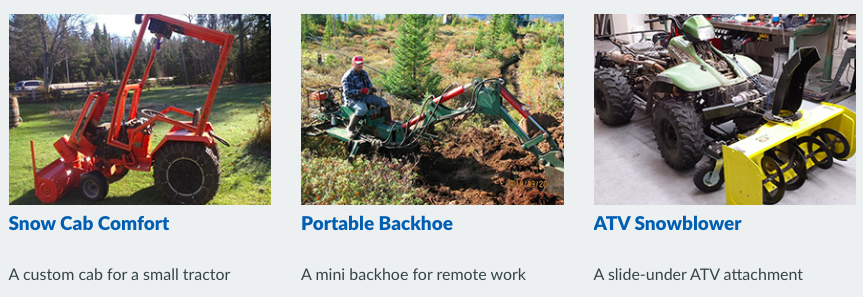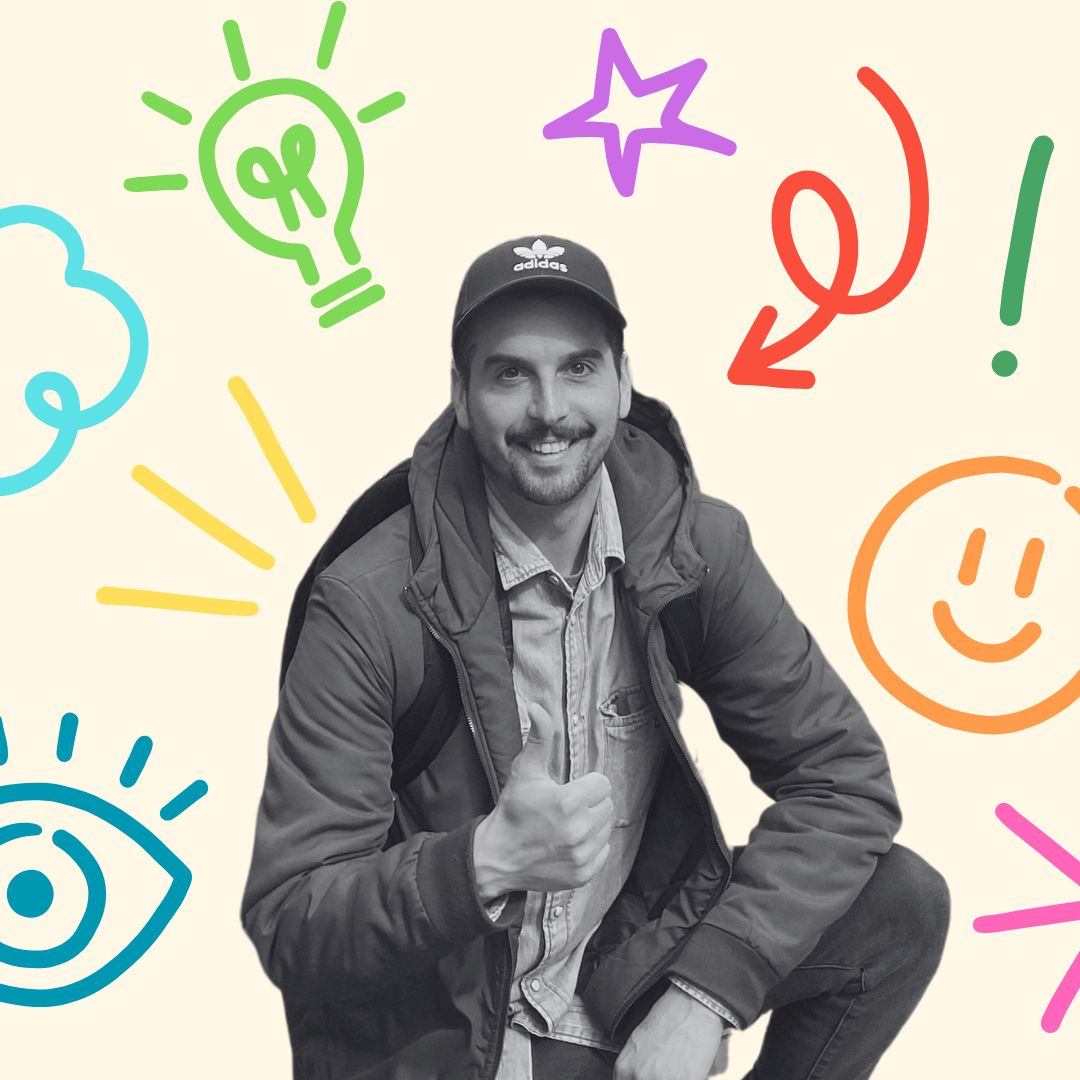We were lucky to tour the facilities at Princess Auto’s HQ in Winnipeg recently and were floored by how much their marketing team handles in-house. They’ve built a production studio to meet their own video needs, and a dedicated staff member is solely responsible for augmenting user-generated content, which primarily celebrates really amazing DIY projects that are nearly impossible to imagine for the average non-handy person.
They’ve affectionately named their audience the “figure it outers,” and make sure to hire front-line workers that reflect these values and join in the hunt for parts to complete their weekend projects. We followed up with VP of marketing, Dave Matthes, to see what we could learn from this spirit of figuring it out in-house.
You’re a company that knows its customer better than most, thanks largely to the power of hard retail numbers and customer profiles. Can you describe your “figure it outers” and some of the values, qualities and skills they share?
Princess Auto is a great place to shop. The people who shop our brand are connected to our business through solving problems – using our store experience as part of their need to fix or build stuff – and that is what really connects with the culture.
I think people who tend to solve problems share a commonality between skills and values, and they really have connected to the people who work here and are such a big part of the experience.
The idea that customers are capable of building amazing solutions to problems that can’t be bought on the shelf anywhere is all about figuring it out.
Can you also elaborate on your dislike for the word “personas?”
As a marketer, I find a bit of discomfort with customer labels called personas.
Imagine a real-time view of people walking into a store where we sort based on how someone generally appears – there’s a Dan, there’s a Frank, there’s a Kevin. It just doesn’t do it in today’s world of digital customer experience.
Personas were created to make it easier for marketers to tell a story to others, but I just find they generalize too much.
People can have differences that are not visible on the surface. Marketers like to tell a story to connect people, and often personas are taken at face value instead of looking deeper to understand what really drives a connection to the brand.
You shared some amazing stories with us about people’s devotion to your brand (including a burial with a Princess Auto catalogue and someone who couldn’t handle that you changed the size of the catalogue because it threw off their collection on their custom-made shelf). Can you tell us how you think Princess Auto manages to entice such a fanatical following?
This really comes down to how we treat people as people. We are lucky enough to have a long-lasting corporate culture that believes people matter.
We value the people who work here, who shop here, and who are connected through friendship – someone who married a son or daughter to someone who works here or shops here – everyone matters.
People don’t want policies – they want to be valued.
This is about living our values consistently over time. People like to be treated fairly and we’ve been trying to do this for a long time. It turns out that we have been fortunate to create some very strong relationships with customers and team members!
You’ve initiated an amazing feature called the “Project Showcase” where you highlight projects customers created using your products, thanks to their voluntary submissions. Plus, you went the extra mile to get a staff on that full-time to elaborate stories when needed. How did you come up with this great idea to leverage user-generated content?
Like many things, this was one that started as something really simple and ended up turning out to be a really great initiative.
We had some cool stories about projects that customers were sharing with our teams in the store after a team member had helped customers figure out a problem. Customers were bringing in printed pictures – and sometimes the project they had built – to the store to show the teams, and with those came the details and the story about what they were solving, how they did it, the challenges they had to overcome, and how grateful and proud the customer was for the solution and for the help our teams provided during the process.
When those customers were in the store sharing what they had done, other customers were very interested to see and hear about the project. We looked at this from a digital point-of-view, and with some creativity and commitment from people, we were able to turn this into a really fun and interesting user-generated section of our website.
Customers are the real heroes of this because it is their stories that we are posting and we’re showcasing their creativity for others to enjoy.




